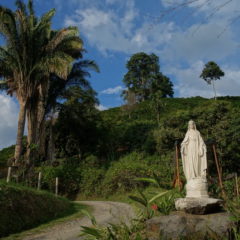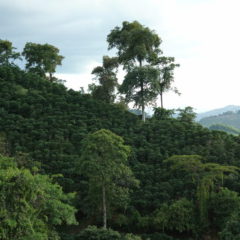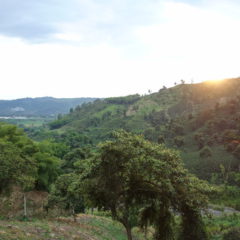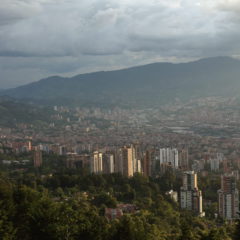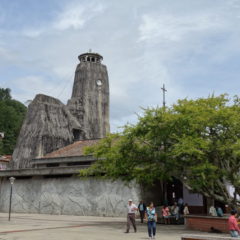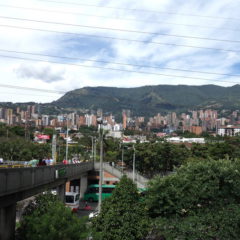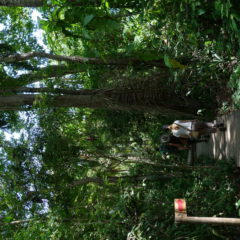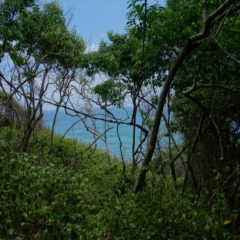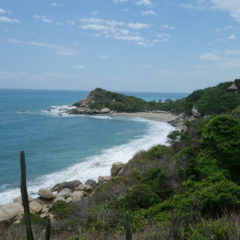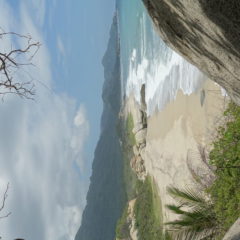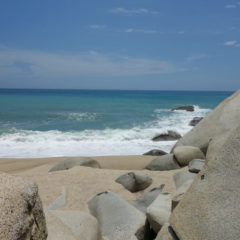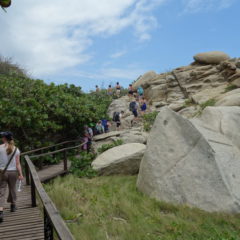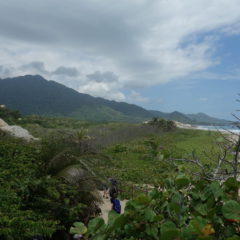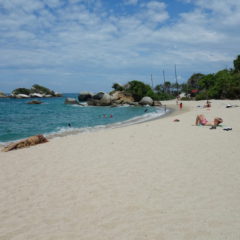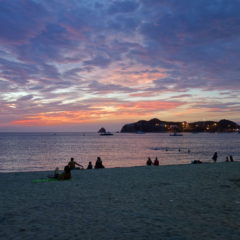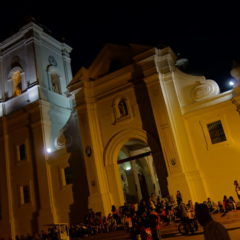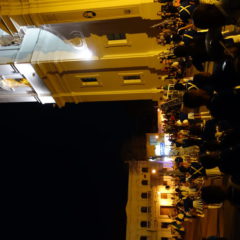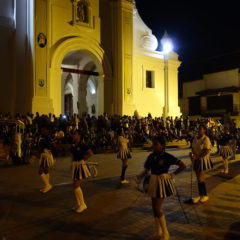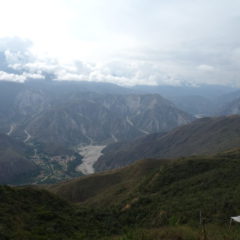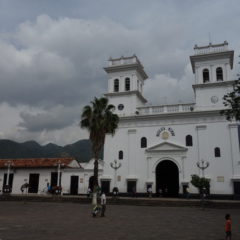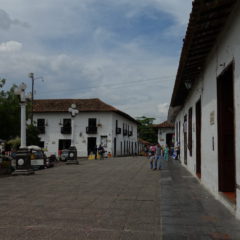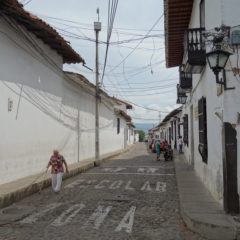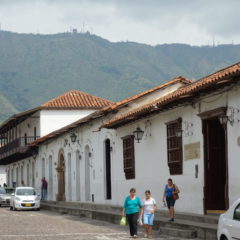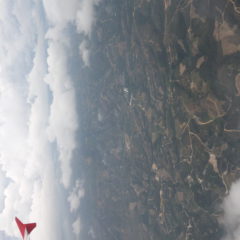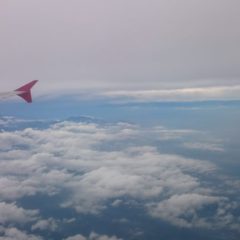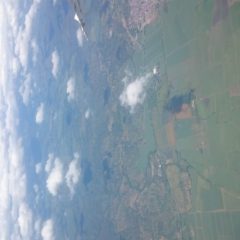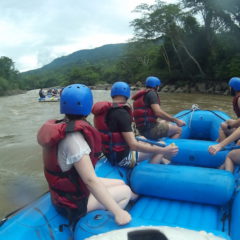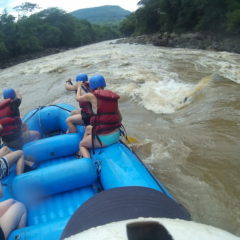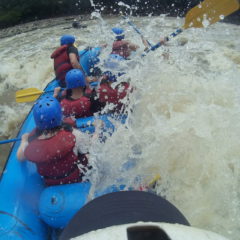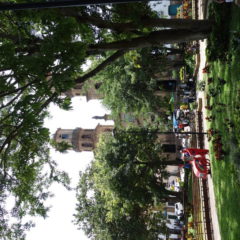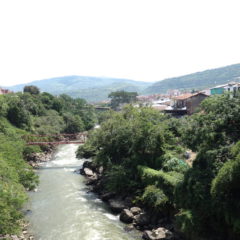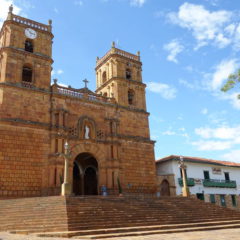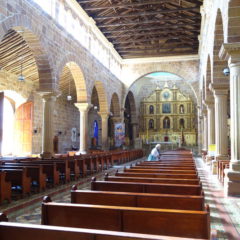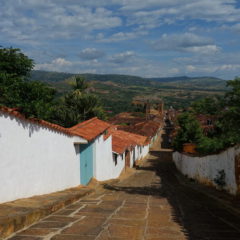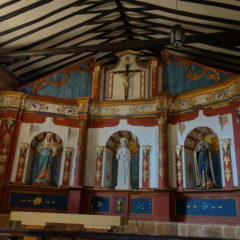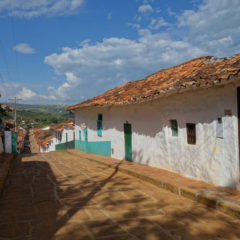Tayrona National Park was one of the reasons for me to actually visit Colombia – and today was the day to go there … and I did not go disappointed. 🙂
We made it to the park entrance after a 45-minute bus ride. At the entrance we had to endure a ranger introduction around how to behave in the park, before being allowed to start queuing to actually get tickets. While the ranger introduction may sound like a great idea, it really turns out a waste of time, when it is only provided in Spanish with half the tourist not in command of enough Spanish, to actually understand the details (which were really not much beyond the normal stuff, e.g. take your garbage, do leave nothing behind, do not swim, where forbidden).
After a good hour of waiting in queue for the tickets we were finally allowed into the park; a shuttle did bring us to the trail head for the hike to the beach … the hike was first through the lush jungle with some slight ups and downs, then in parallel to the coast and finished at the beach – a great hike with some good views on the way – and a near-perfect beach on arrival.
We had lunch right at the beach in a little local restaurant; after that it was digestion time at the beach in the little shade, that was left for us. Of course there was also an opportunity for a quick, refreshing jump into the Caribbean Sea.
When we started our way back, we could already hear a thunderstorm approaching. The rain finally hit us half way back. Temperatures though were high enough, so it did not really matter – plus it added to the experience (it’s not called rain forest, because it does not rain).
It stopped raining, when we were on the bus heading back to Santa Marta; after some time to fresh up, we made it into town again for another great dinner – there is no better way to finish a superb day.
